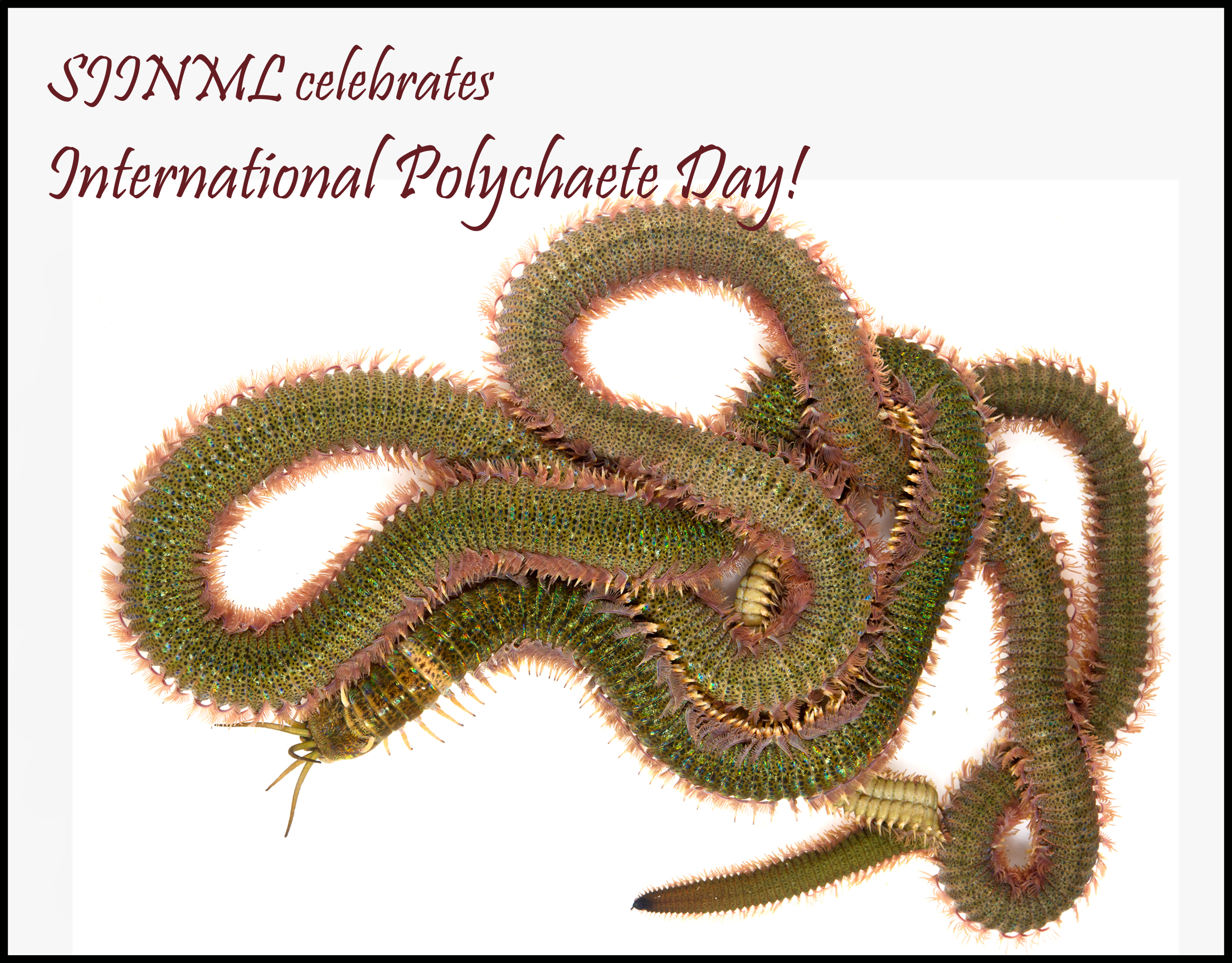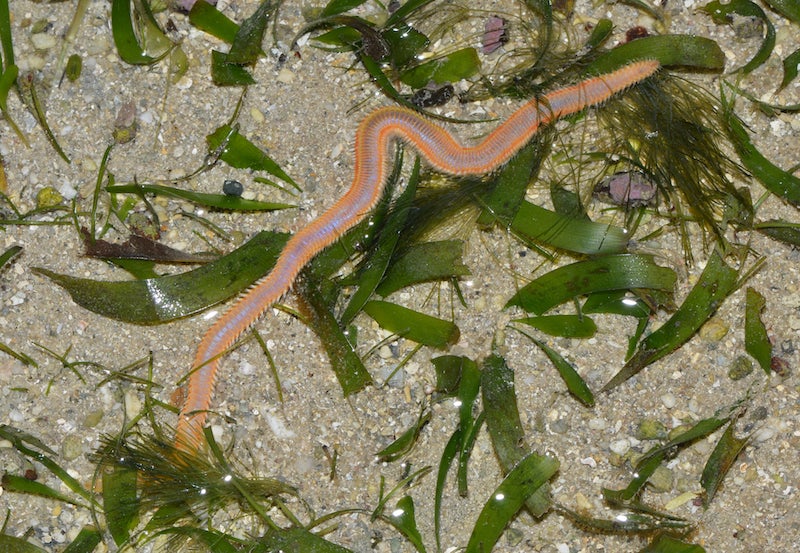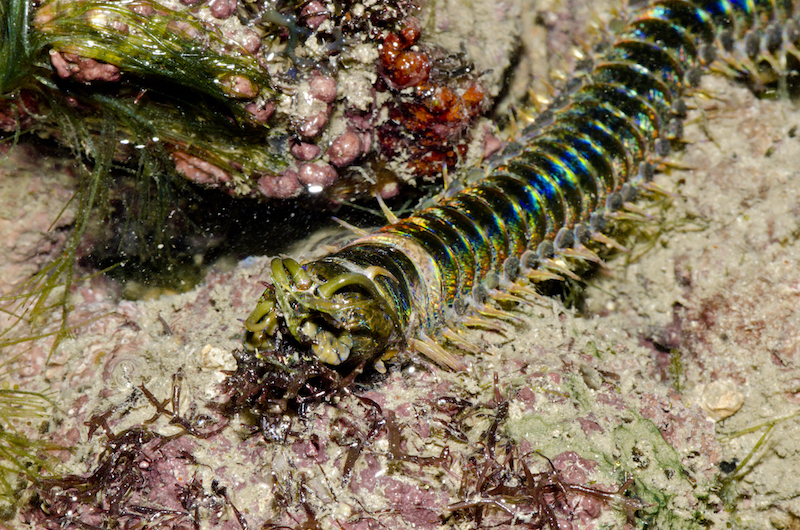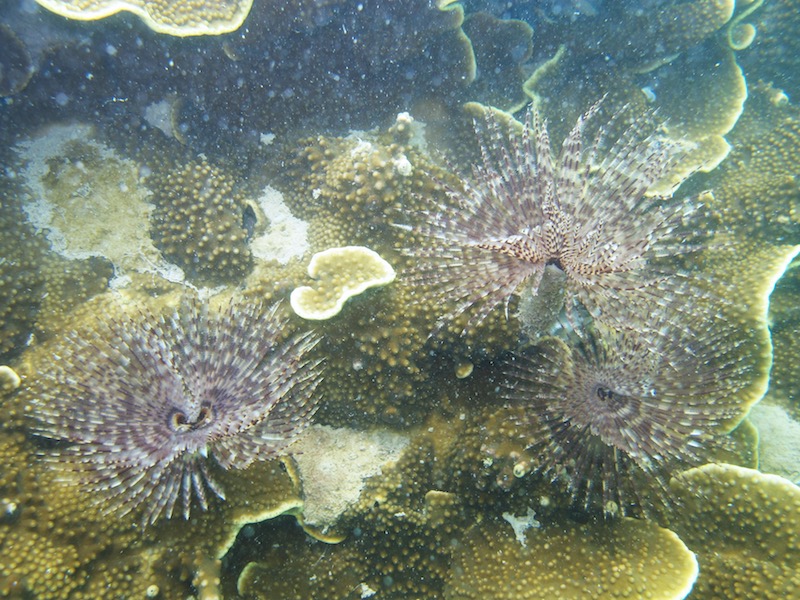SJINML celebrates International Polychaete Day!
Come Sunday, the 1st of July, we will be celebrating International Polychaete Day. The date commemorates the birthday of the late Dr Kristian Fauchald, a world-renowned polychaete scientist. This marks the fourth year of celebrations and the marine lab is definitely not letting it pass this time!

You may wonder what polychaetes are and if we have them in Singapore?
Polychaeta are multi-segmented worms that are usually found in the marine environment. They carry bristles called “chaetae” on their feet along each body segment. “Poly” in polychaete means plenty, while “chaeta” originated from the Greek word meaning long hair. The tiniest species can be just a few micrometers long while some mangrove and reef species can grow up to 1m.
About 10,000 species are currently known to science and 90 have been recorded presently from Singapore. Living in most marine habitats including mangroves, seagrass meadows, reefs, and sandy seabed, they play important roles in the ecosystem. In the seabed, they help to aerate and cycle nutrient in the sediment as they burrow. Some species are reef-builders while some may help to break down reef rubble into sand.
Here we share some of our encounters with the polychaetes in Singapore.

Fireworm (family Amphinomidae) in a seagrass meadow. (Photo acknowledgement: Rene Ong, Comprehensive Marine Biodiversity Survey by NUS-NParks)

This giant reef worm (family Eunicidae) emerged from the rubble to feed on algae. (Photo acknowledgement: Rene Ong, Comprehensive Marine Biodiversity Survey by NUS-NParks)

Fanworms (family Sabellidae) extending their crown out from the crevices of the coral reefs to filter-feed. (Photo acknowledgement: Lee Yen-ling)
Economically, the worms are being grown for fish bait and are being sold in recreational fishing stores in frozen form. Locally, fishermen use freshly-dug worms to increase their chances of a catch. In some south-east Asian cultures, they are being harvested as a source of protein.
We love long celebrations and what better way than to extend it to the entire month. Throughout July, we will be posting highlights of polychaete research carried out at the St John’s Island Marine Laboratory and share our fascinations with them. Stay tuned!


